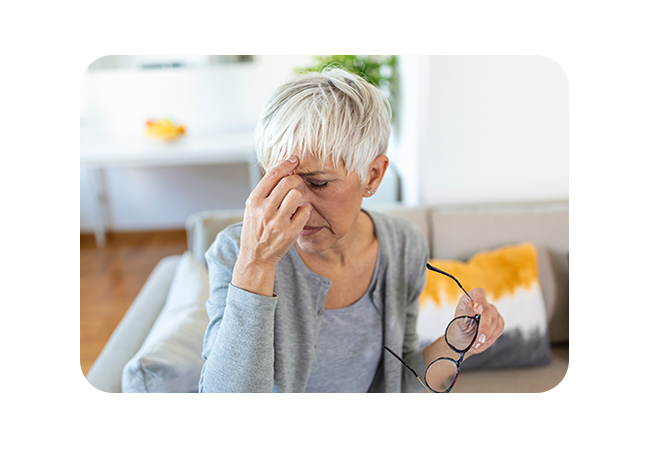What is Age-Related Macular Degeneration?
AMD affects the macula, a small central part of the retina responsible for sharp, detailed vision. The macula allows us to see fine details and perform activities that require central vision. In Age-Related Macular Degeneration (AMD), the macula deteriorates, leading to blurred or distorted central vision while peripheral vision usually remains unaffected.
What are the types of Age-Related Macular Degeneration?
There are two main types of Age-Related Macular Degeneration (AMD): dry (atrophic) and wet (neovascular).
What is Dry AMD?
This is the more common form, accounting for about 80-90% of cases. It occurs when the macula thins over time as part of the aging process. Small yellow deposits called drusen accumulate under the retina. While vision loss in dry AMD is usually gradual, it can progress to advanced stages, leading to significant vision impairment.
What is Wet AMD?
Though less common, wet AMD is more severe and can lead to rapid vision loss. It occurs when abnormal blood vessels grow under the retina and macula, leaking fluid or blood. This leakage damages the macula, leading to distorted vision and potentially significant vision loss.



